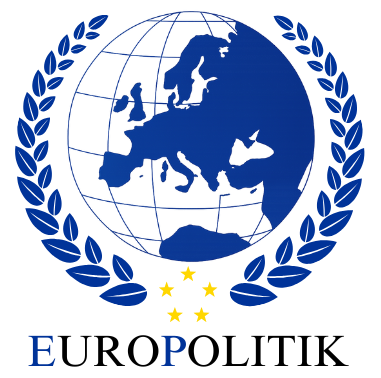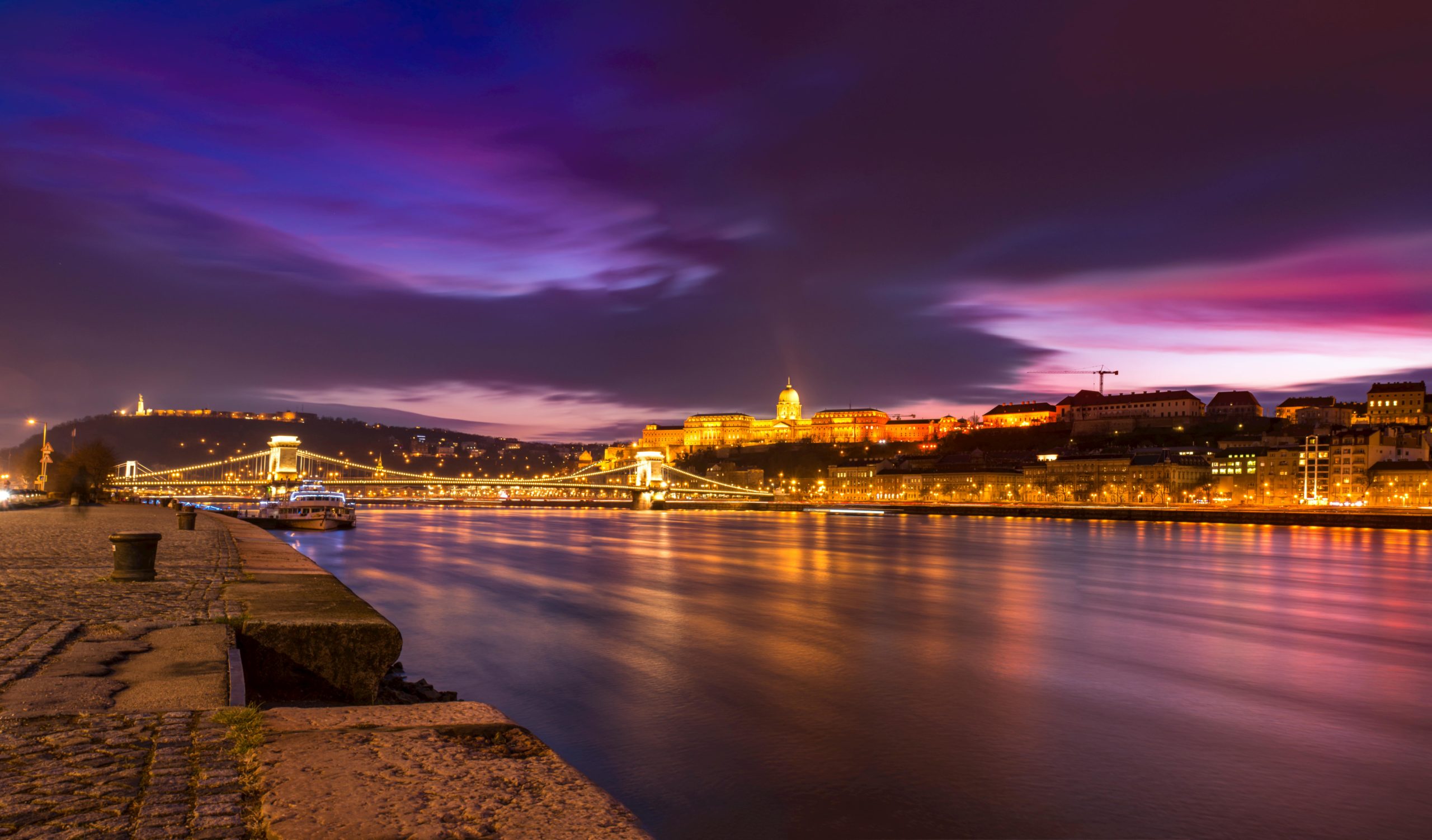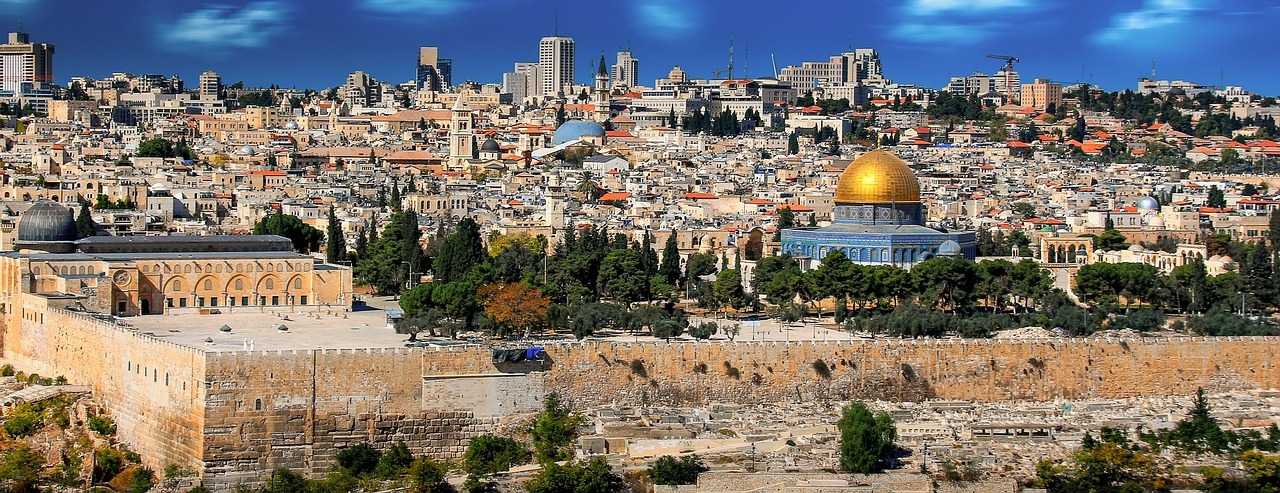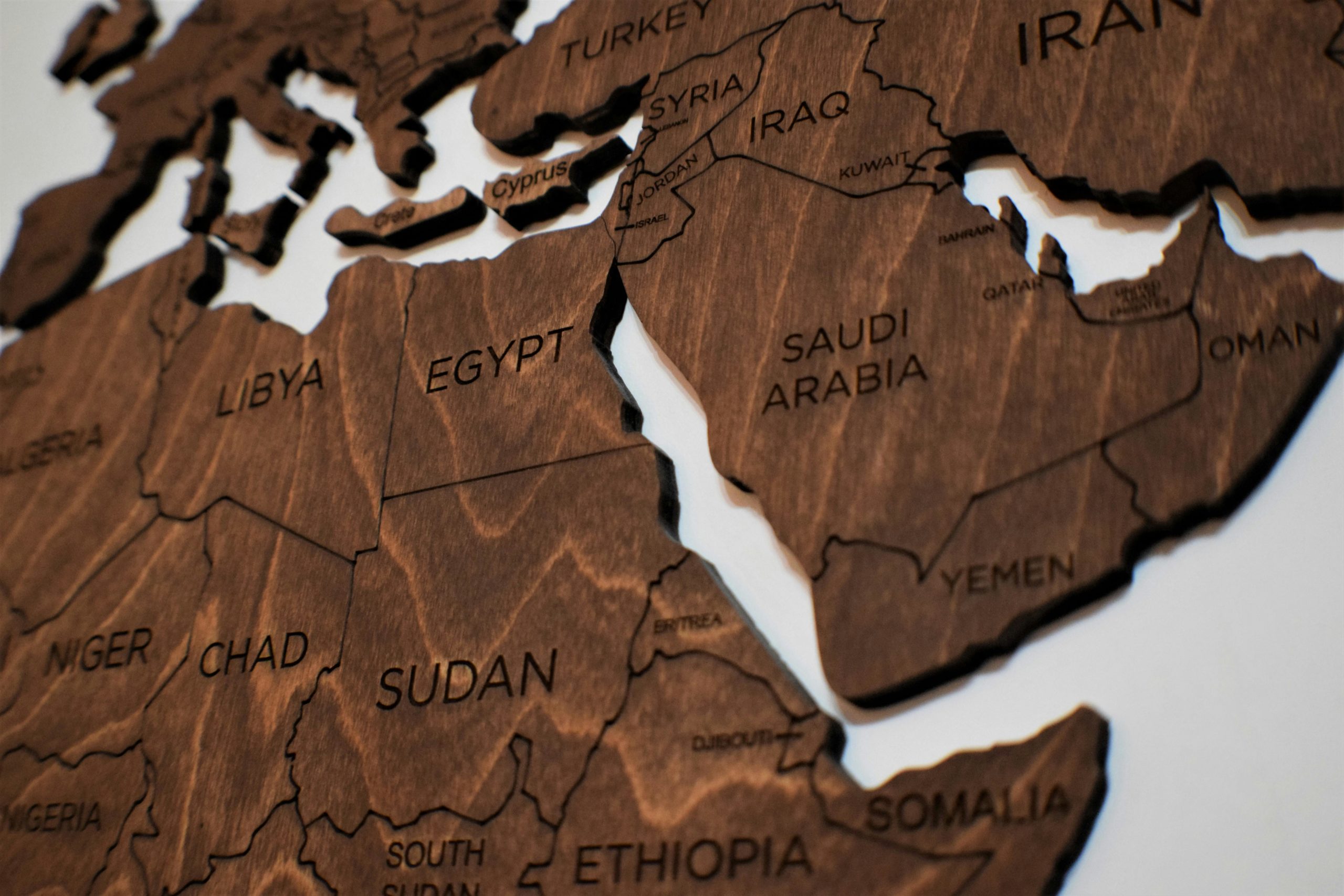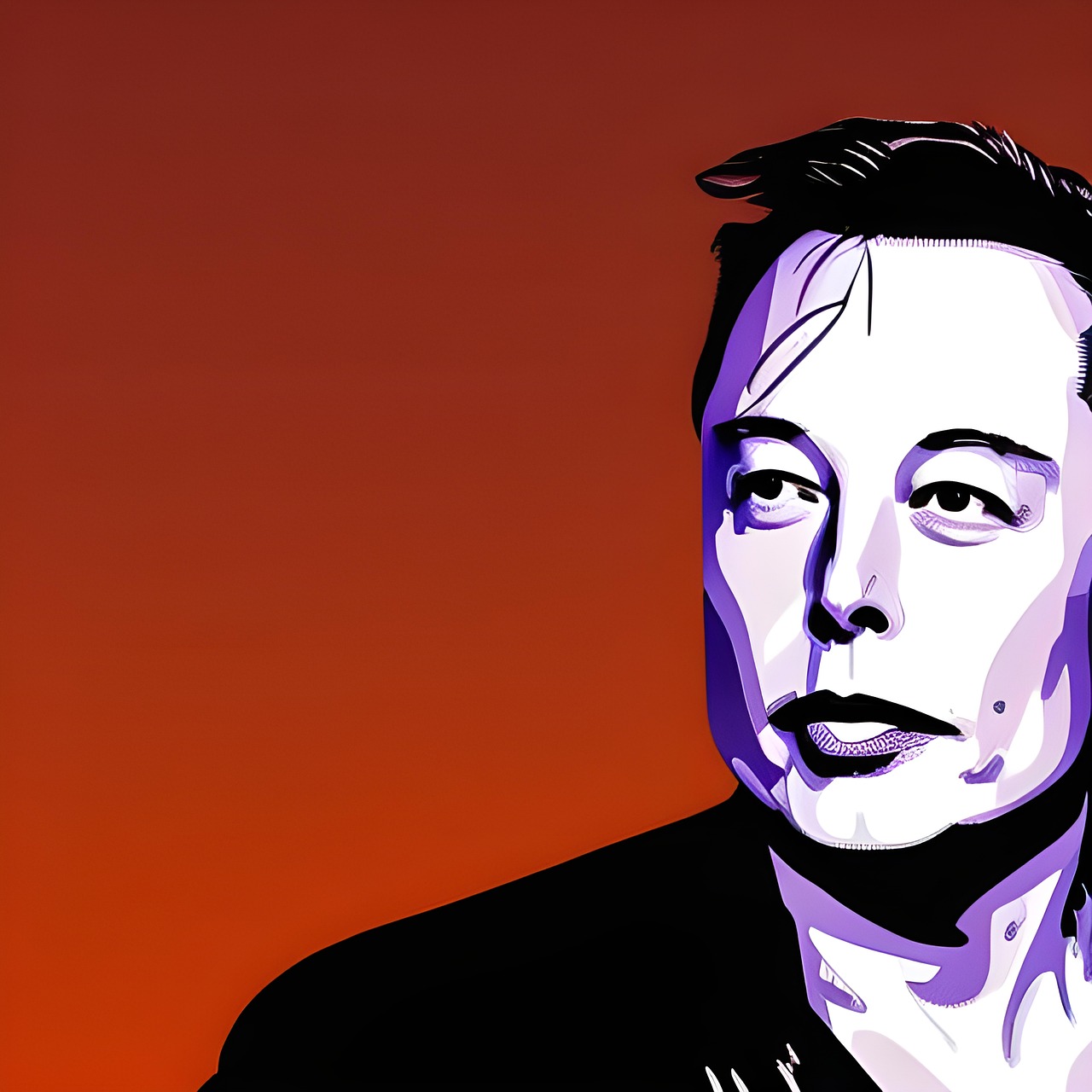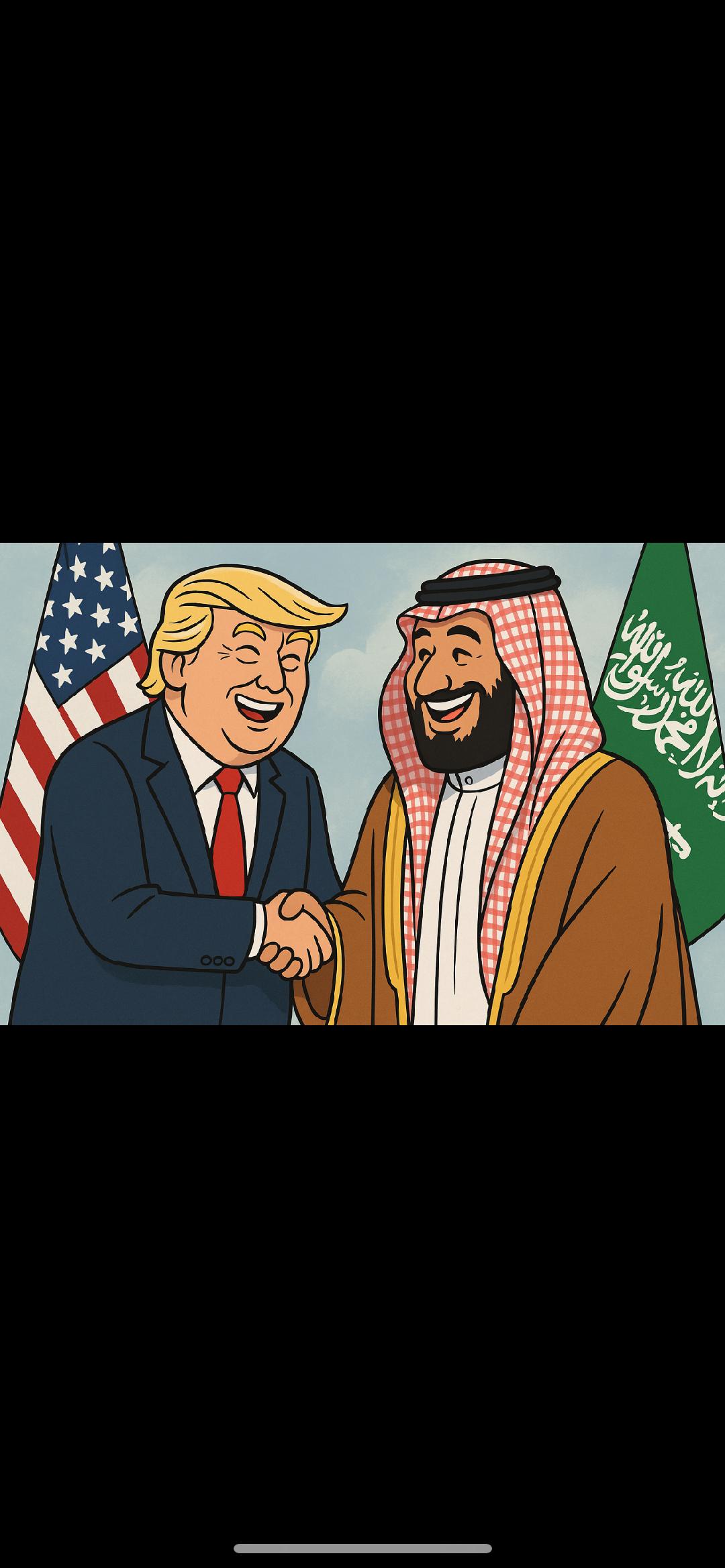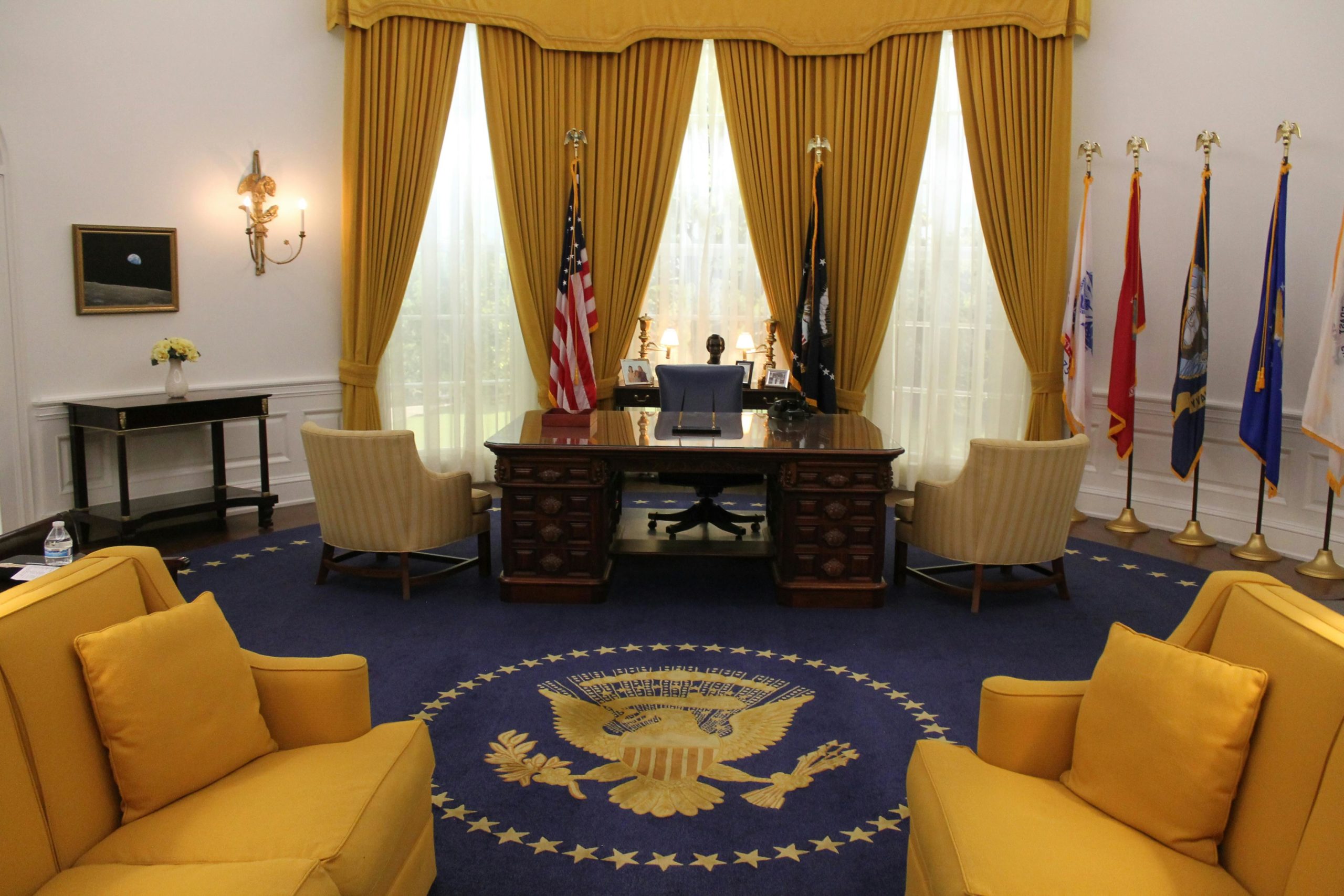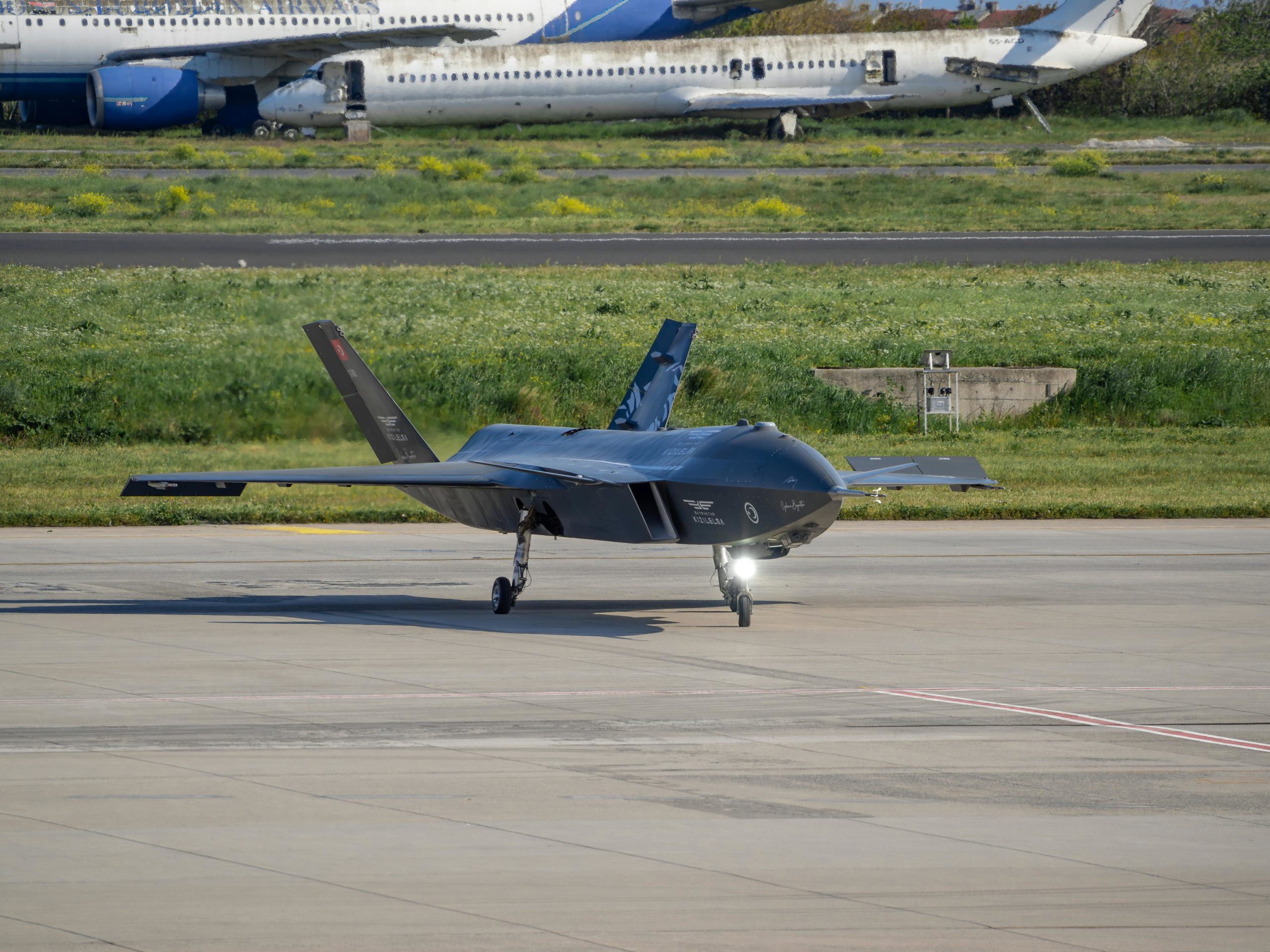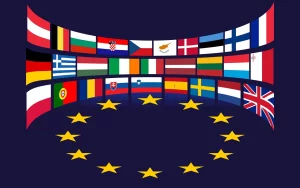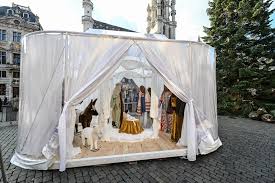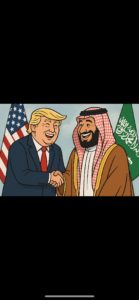Bilateral meetings between the world’s great leaders seem once again to be driving international diplomacy. After the announcement of an upcoming meeting next week between Donald Trump and the Chinese president in South Korea, all eyes now turn to Europe. The former U.S. president has confirmed that he will meet Vladimir Putin in Budapest, under the auspices of Hungarian Prime Minister Viktor Orbán. Two major encounters that illustrate Trump’s strategy: to reassert himself at the center of the global stage, far from multilateral institutions in crisis.
A potentially historic event is thus taking shape on the European continent—at the crossroads of tension and symbolism—following an initial “contact summit” held in Alaska. As the war between Russia and Ukraine drags on and Putin remains the target of an international arrest warrant, his return to Europe would constitute an unprecedented challenge. Budapest, a central yet divisive city within a fractured European Union, is becoming the theater of this parallel diplomacy where Trump, Orbán, and Putin could redraw the contours of a new continental order.
Trump, the Strategist of Disorder
One may love or hate Donald Trump, but he has once again become an unavoidable player. For months, he has been multiplying overtures toward both Moscow and Kyiv, true to his transactional approach: resolving conflicts without institutions, without moral posturing—but with results. Following his peace plan based on Ukrainian neutrality, territorial freezes, and economic guarantees, Trump continues his diplomatic crusade to impose his own brand of deal-making.
Behind the apparent chaos lies a clear logic: to put the United States back at the center of the conflict’s resolution, to sideline the European Union, and to bypass international institutions. NATO, in his eyes, is no longer a constraint but a tool. Orbán—EU member and friend of Moscow—offers him the perfect stage: a bridge between two worlds.
Zelensky Between Two Fires
Meanwhile, the Russo-Ukrainian conflict drags on and public opinion grows weary. Support for Kyiv is becoming harder to justify, even as Volodymyr Zelensky meets today, October 17, with Trump in Washington to push him once again on the long-range Tomahawk missiles mentioned by the former U.S. president. The Ukrainian leader seeks to ensure that the United States will not abandon his country, while Trump, ever pragmatic, wants to avoid a prolonged stalemate and is restraining escalation.
His vision is clear: to forge a “win-lose” agreement that saves Moscow’s face while redefining a regional order acceptable to Washington. A rough but efficient diplomacy that appeals to a world tired of sterile posturing.
Orbán, Mediator or Provocateur?
The idea of a Trump–Putin summit in Budapest is unsettling Europe’s capitals. How can an EU country host a head of state under international indictment? Orbán is playing with fire—but he’s also regaining the spotlight, positioning himself as the one willing to talk when others stay silent.
For Trump, it’s a perfect political move: a divided Europe, impotent leaders, and a symbolic stage on which he can once again play the role of peacemaker.
Peace at Any Price?
Trump keeps repeating it: he wants “peace at all costs”—even if imperfect, even if unjust. While European chancelleries seem resigned, he presents himself as the only one still believing in a possible end to the war.
If the Trump–Putin meeting in Budapest truly takes place, it will mark a historic turning point: a challenge to international law, but above all, the sign of a diplomatic shift in which Europe is no longer the arbiter—but the spectator—of a game unfolding on its own soil.
